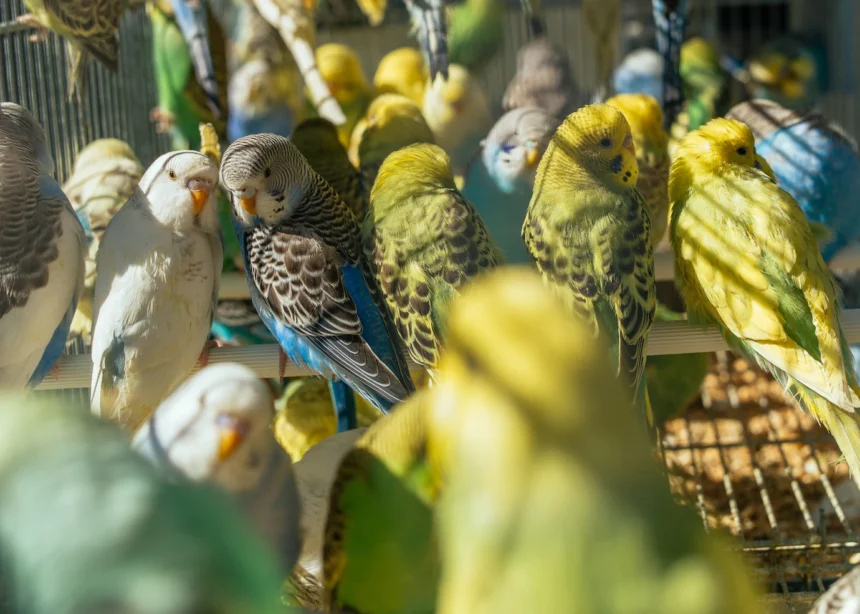Enhancing bird diversity and conservation in farming landscapes is crucial for maintaining ecosystem health and promoting sustainable agriculture. Birds play essential roles in pest control, pollination, and seed dispersal, making them valuable allies for farmers. Here are some strategies to enhance bird diversity and conservation in farming landscapes:
- Provide habitat diversity: Increase habitat heterogeneity by creating a variety of habitats such as woodlands, hedgerows, grasslands, wetlands, and ponds within the farming landscape. Each habitat type supports different bird species, providing a diverse range of niches and resources.
- Plant native vegetation: Use native plant species in field margins, hedgerows, and buffer zones. Native plants provide food sources, nesting sites, and shelter for birds, attracting a wider range of species adapted to the local environment.
- Retain or create nesting sites: Preserve existing trees, snags, and old buildings that serve as natural nesting sites for birds. Additionally, consider installing nest boxes specifically designed for different bird species to supplement available nesting opportunities.
- Implement agroforestry practices: Incorporate agroforestry techniques such as alley cropping, windbreaks, and silvopasture systems. These practices combine trees or shrubs with agricultural crops or livestock, providing additional habitat and foraging opportunities for birds.
- Reduce pesticide use: Minimize the use of pesticides, especially broad-spectrum insecticides, which can negatively impact bird populations by reducing their food sources. Implement integrated pest management (IPM) strategies that prioritize biological control methods and targeted pesticide application when necessary.
- Provide water sources: Install small ponds or bird baths in the farming landscape to provide birds with a reliable water source. Water attracts various bird species and can be especially important during dry periods.
- Create foraging opportunities: Plant cover crops, wildflower meadows, or insectary strips to increase the availability of insects and seeds, which are essential food sources for many bird species. These foraging habitats can also enhance biodiversity and support beneficial insects for natural pest control.
- Manage grazing practices: If livestock grazing is part of the farming system, adopt rotational grazing practices that allow for periods of rest and regrowth for vegetation. This approach promotes healthier pasturelands and benefits grassland bird species that rely on diverse grasses and forbs.
- Implement conservation agreements: Participate in conservation programs or agreements that provide incentives and support for bird-friendly farming practices. These programs can offer technical assistance, financial support, and recognition for farmers committed to enhancing bird diversity and conservation.
- Educate and raise awareness: Foster community engagement by organizing workshops, field days, or farm tours to educate farmers, landowners, and the public about the importance of bird conservation in farming landscapes. Promote the benefits of bird-friendly practices and encourage broader adoption.
By implementing these strategies, farmers can create a more resilient and ecologically balanced farming landscape that supports diverse bird populations while promoting sustainable agriculture.
Join 'Farmers Mag' WhatsApp Channel
Get the latest Farming news and tips delivered straight to your WhatsApp
CLICK HERE TO JOIN






